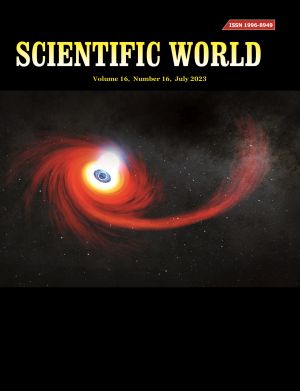Water quality and health risk assessment in the Gandaki river basin, central Himalaya, Nepal
DOI:
https://doi.org/10.3126/sw.v16i16.56827Keywords:
Drinking water quality, Health risk assessment, Cancer index, Gandaki River BasinAbstract
Public health is at threat due to chemical contaminants in drinking water which may have direct health concerns. The suitability of water for health is primarily governed by the mineral constituents present in the water. The present study was carried out to evaluate the water quality and associated health risks in the Gandaki River Basin (GRB) in Central Himalaya, Nepal considering hydrochemical variables such as total dissolved solids (TDS); major cations (Ca2+, Mg2+, K+, and Na+); major anions (Cl-, NO3-, SO42-, and HCO3-) and trace metals (As, Cu, Mn, Ni, Pb, Zn, Ba, Cr, Li and Sr) in spatiotemporal levels. Water Quality Index (WQI), Health Risk Assessment (HRA), and Cancer Index (CI) were analyzed to evaluate the overall quality of water in the GRB. The results revealed that all the examined variables were within the National Guidelines recommended for domestic uses. Moreover, the results revealed that concentrations of TDS, major ions, and trace metals showed significant seasonality and the WQI values were found to be 36.38, 23.77, and 30.36 in pre-monsoon, monsoon, and post-monsoon, respectively indicating better water quality in the monsoon season. Additionally, CI analysis of the selected trace metals such as As, Cr and Pb indicated relatively low cancer risk in the river water during all the seasons. The hazard quotient (HQ) dermal values of all the elements were < 1, signifying the little or no adverse effects via a dermal path, while HQ ingestion values of Ba, Li, Sr, and Zn were found to be >1 during all the seasons indicating their possible threat via ingestion path. This study provides a useful database and suggests regular assessment and, also appropriate policy formulations for safeguarding the water bodies in the Himalayas.




